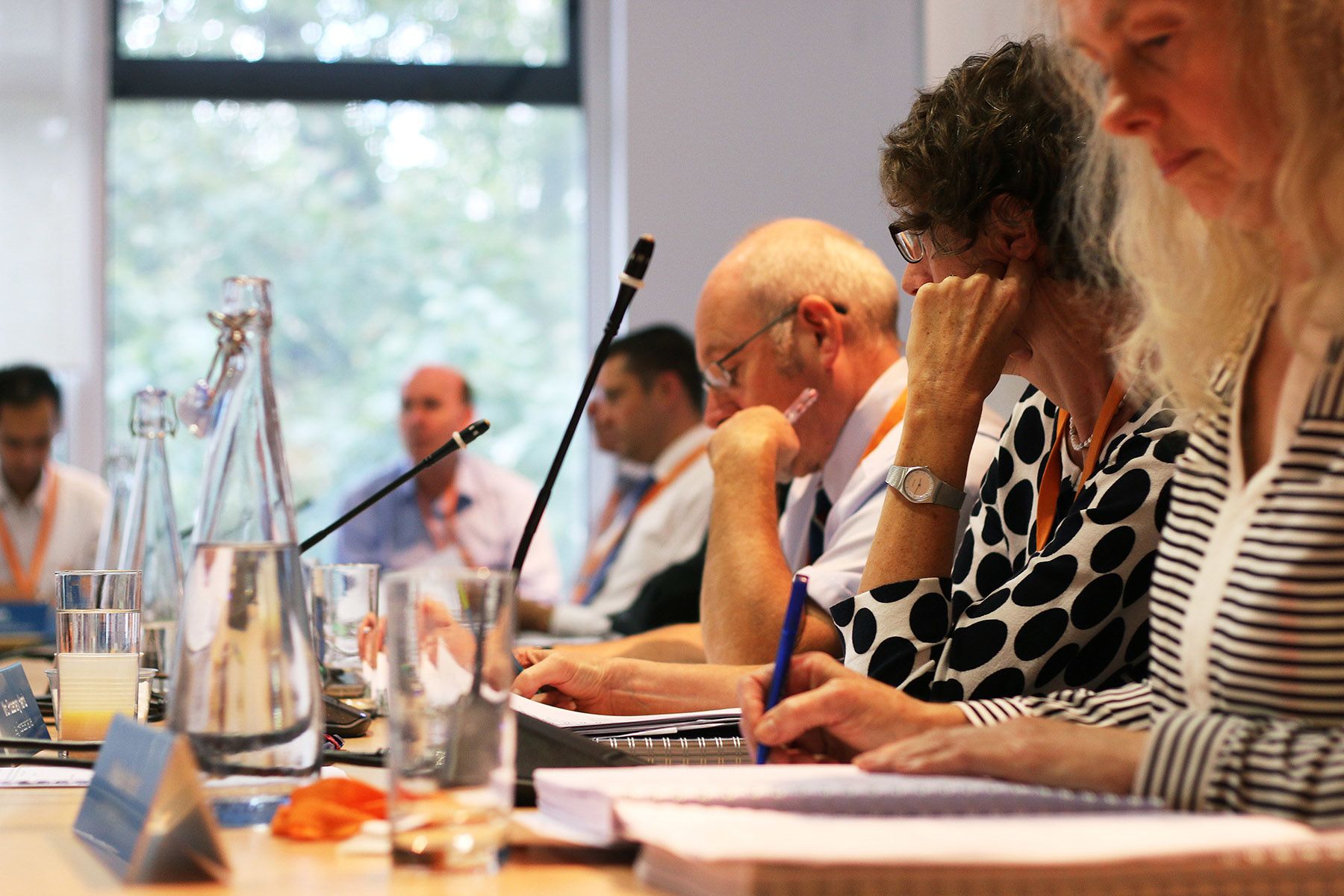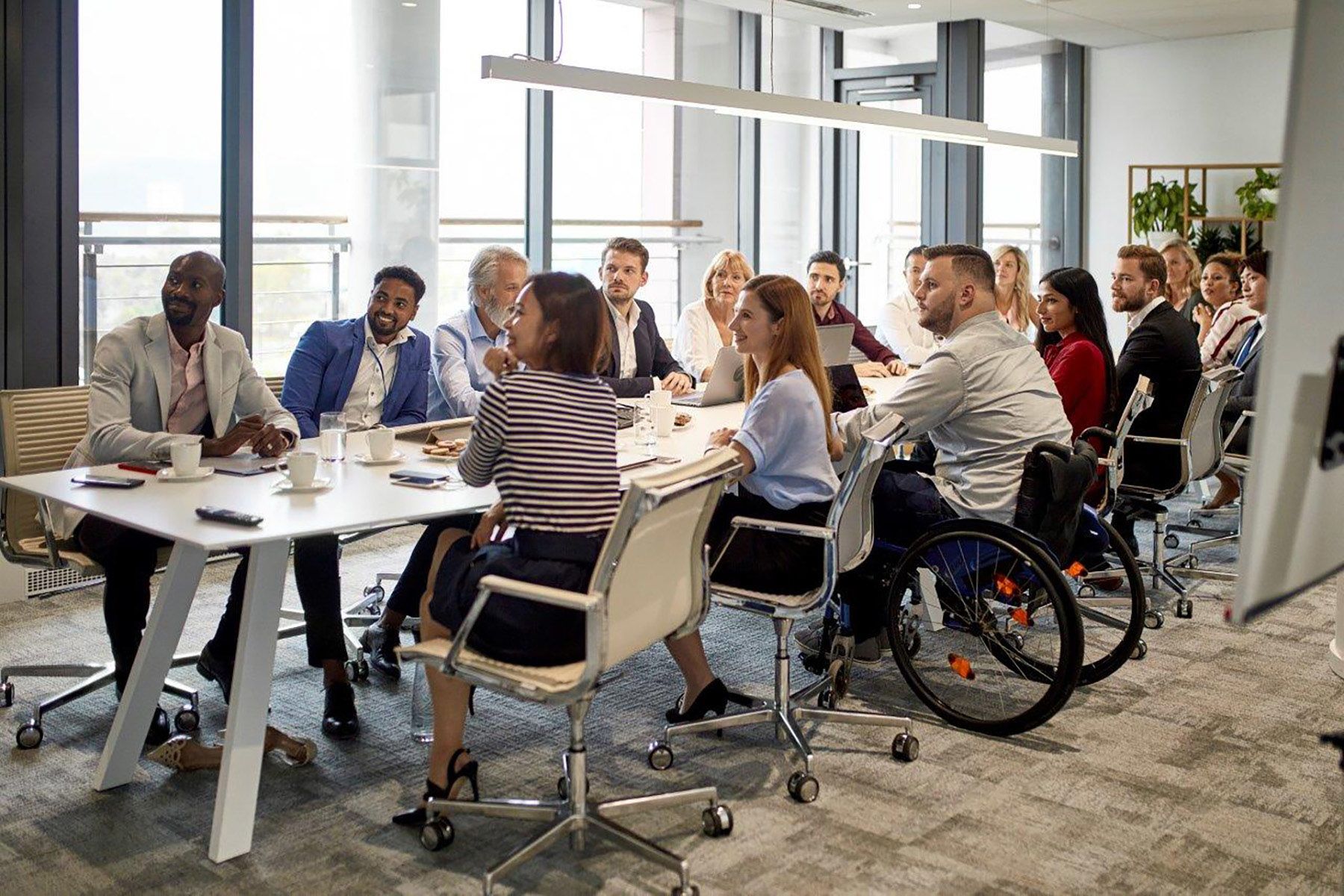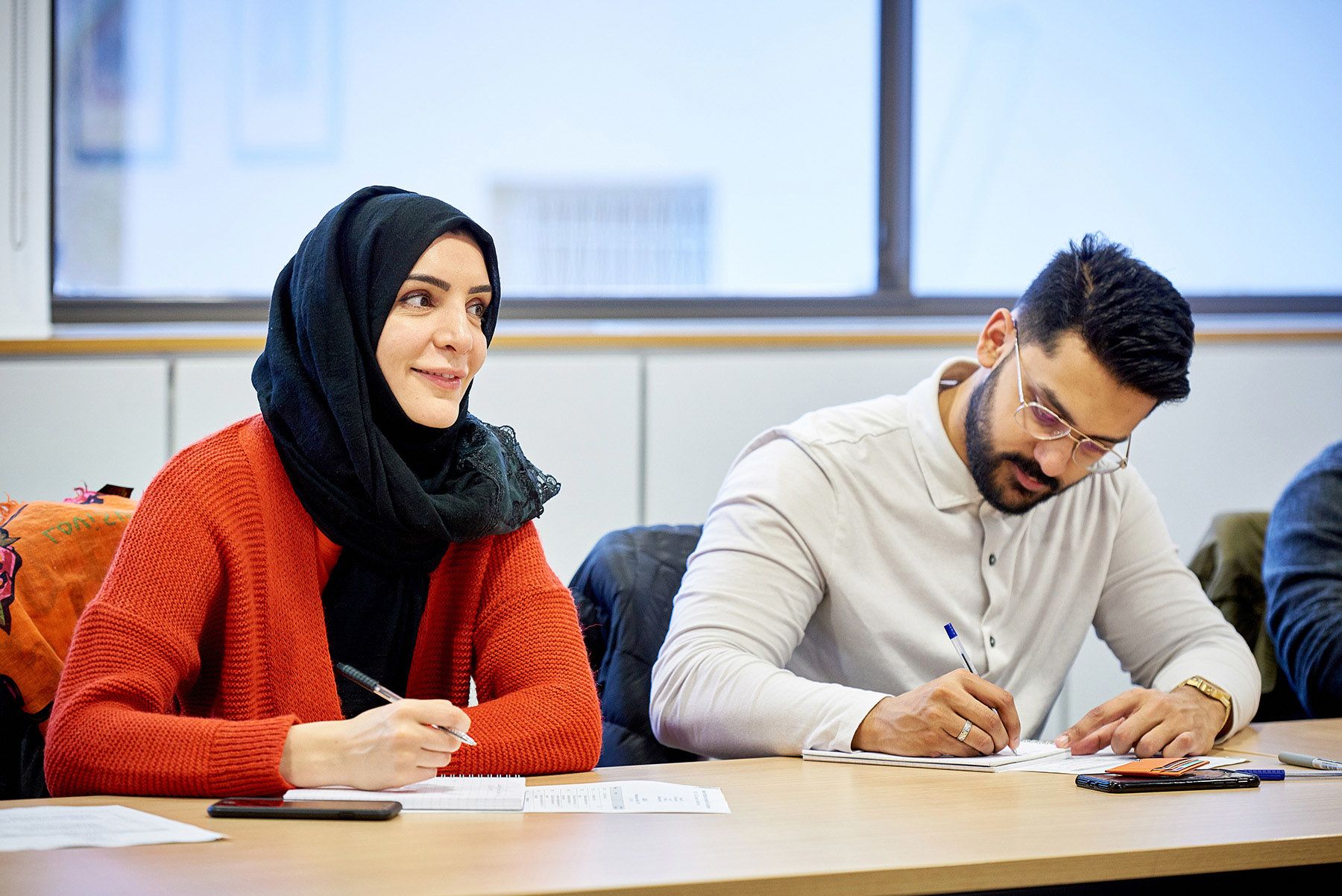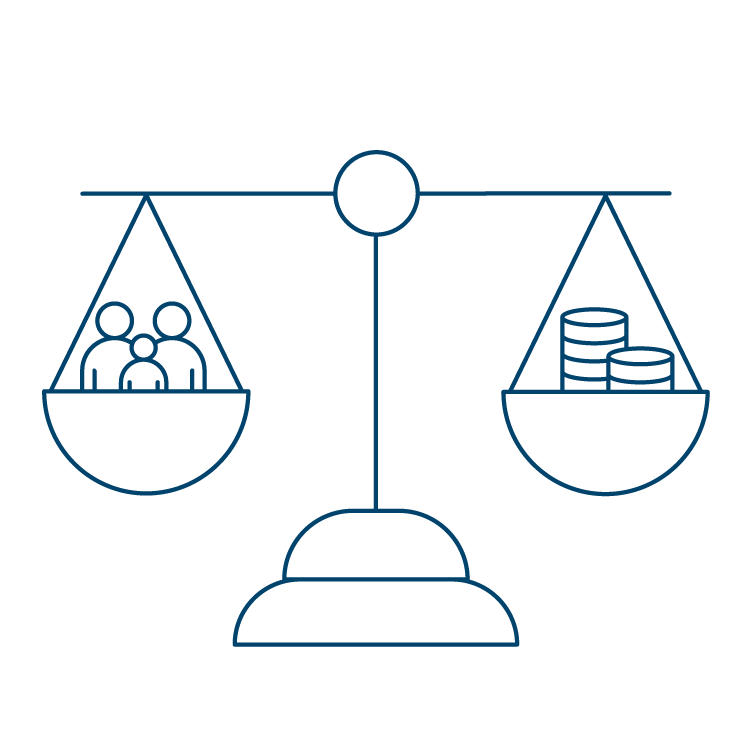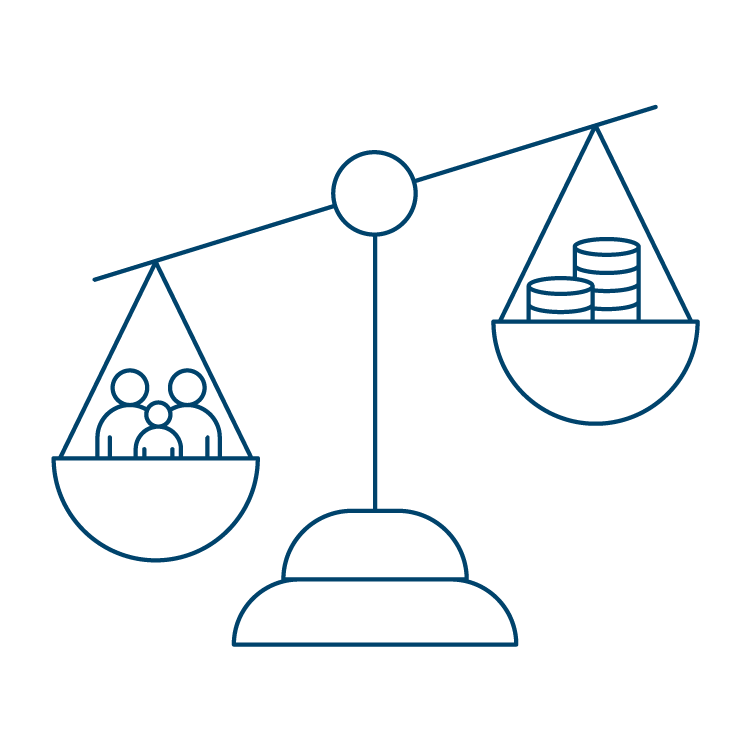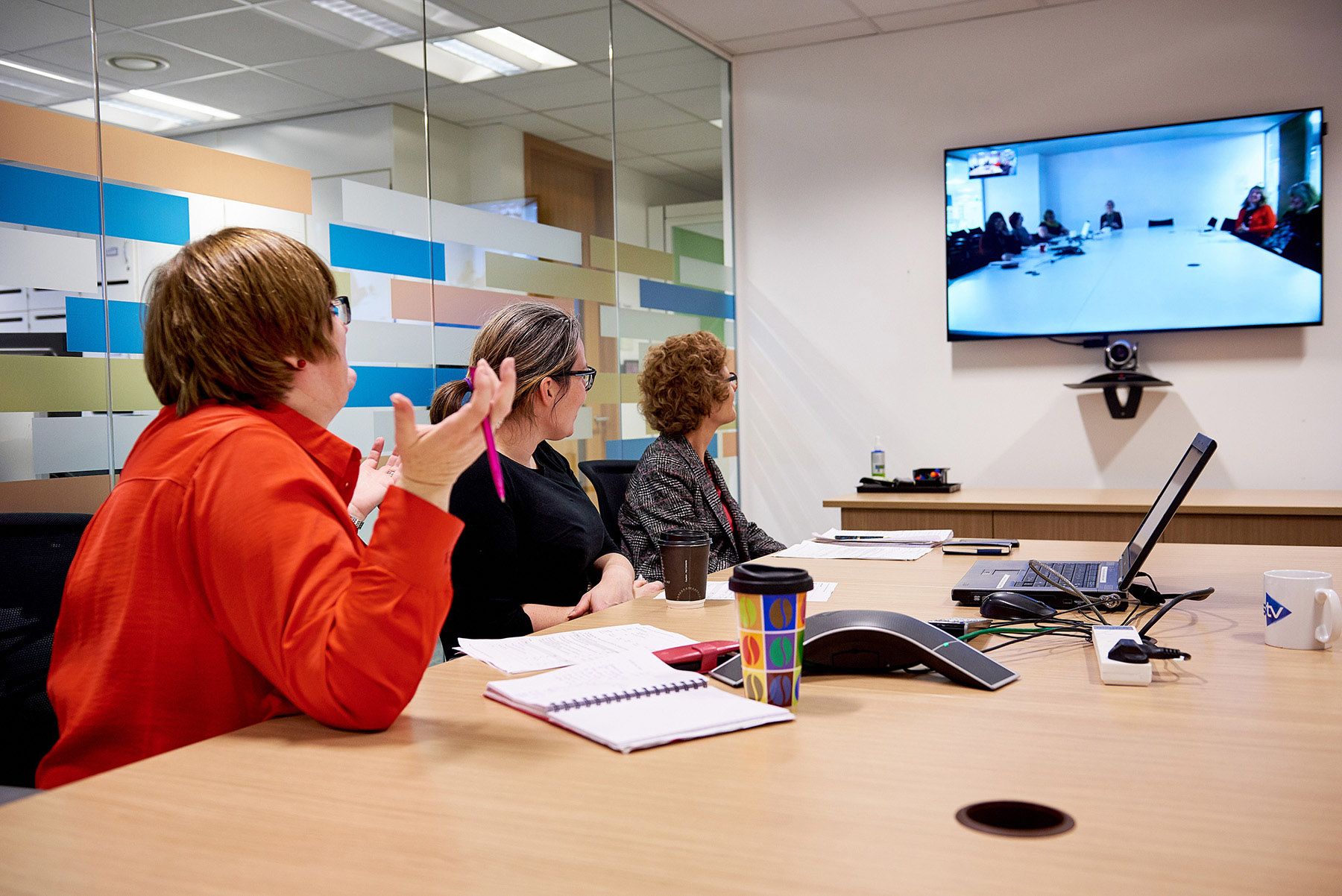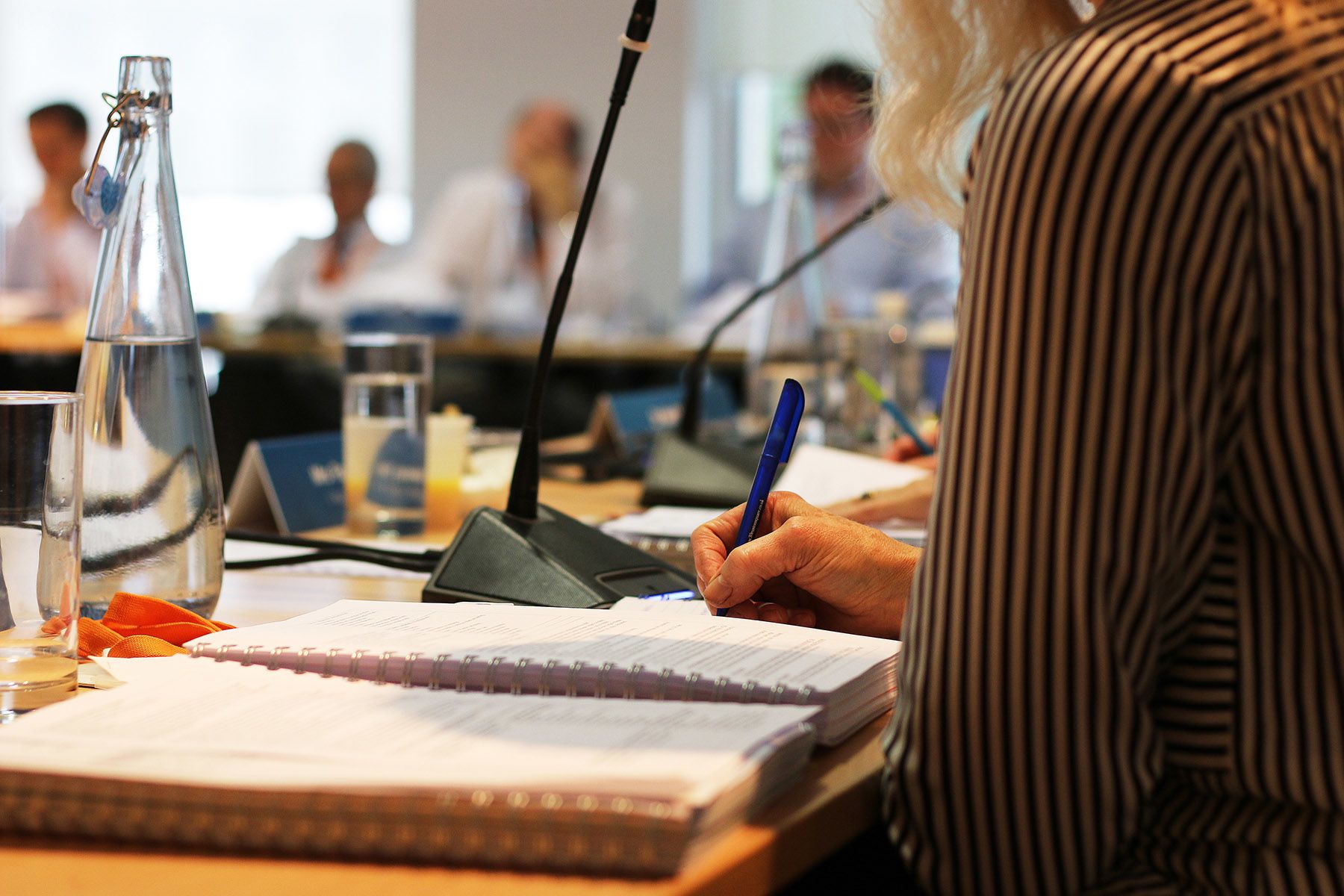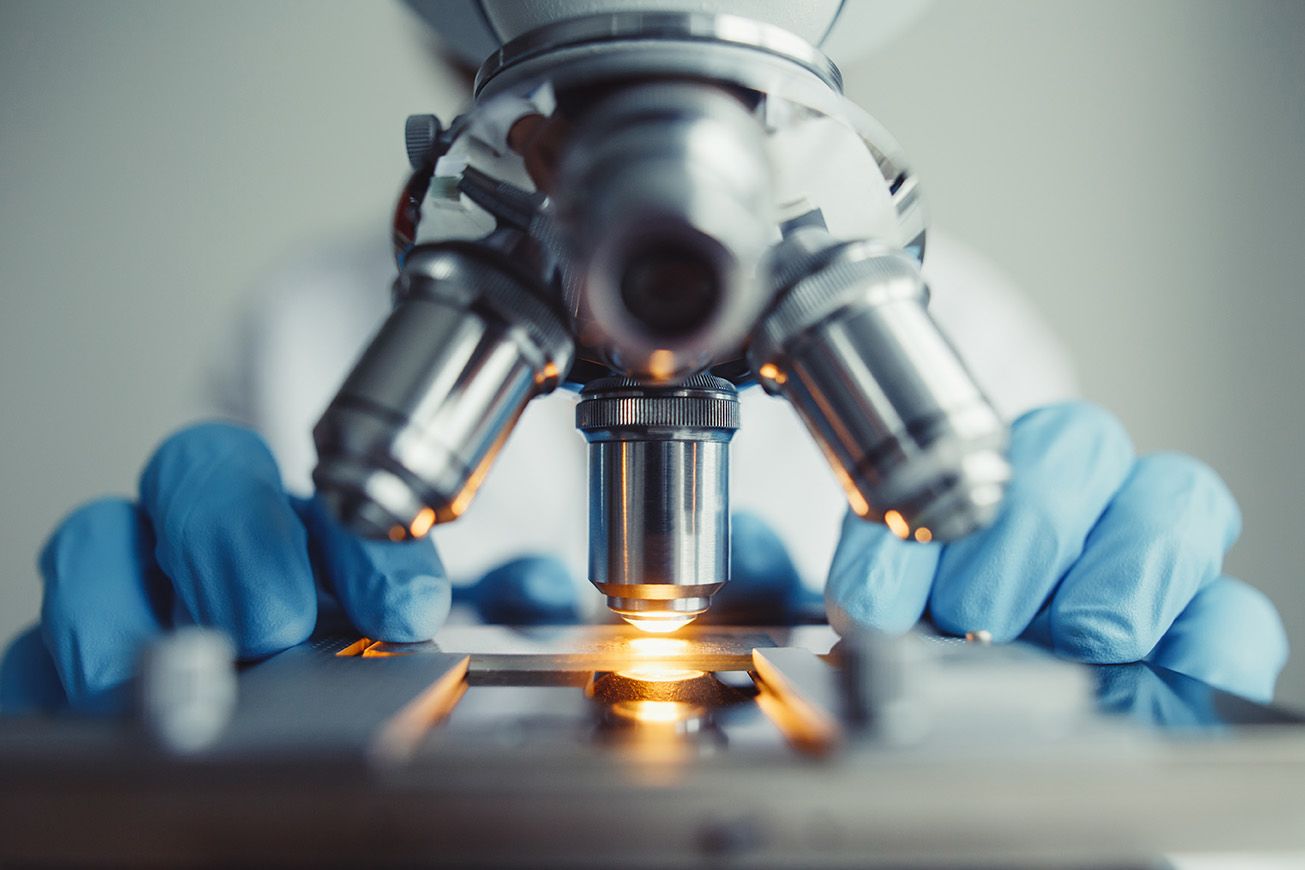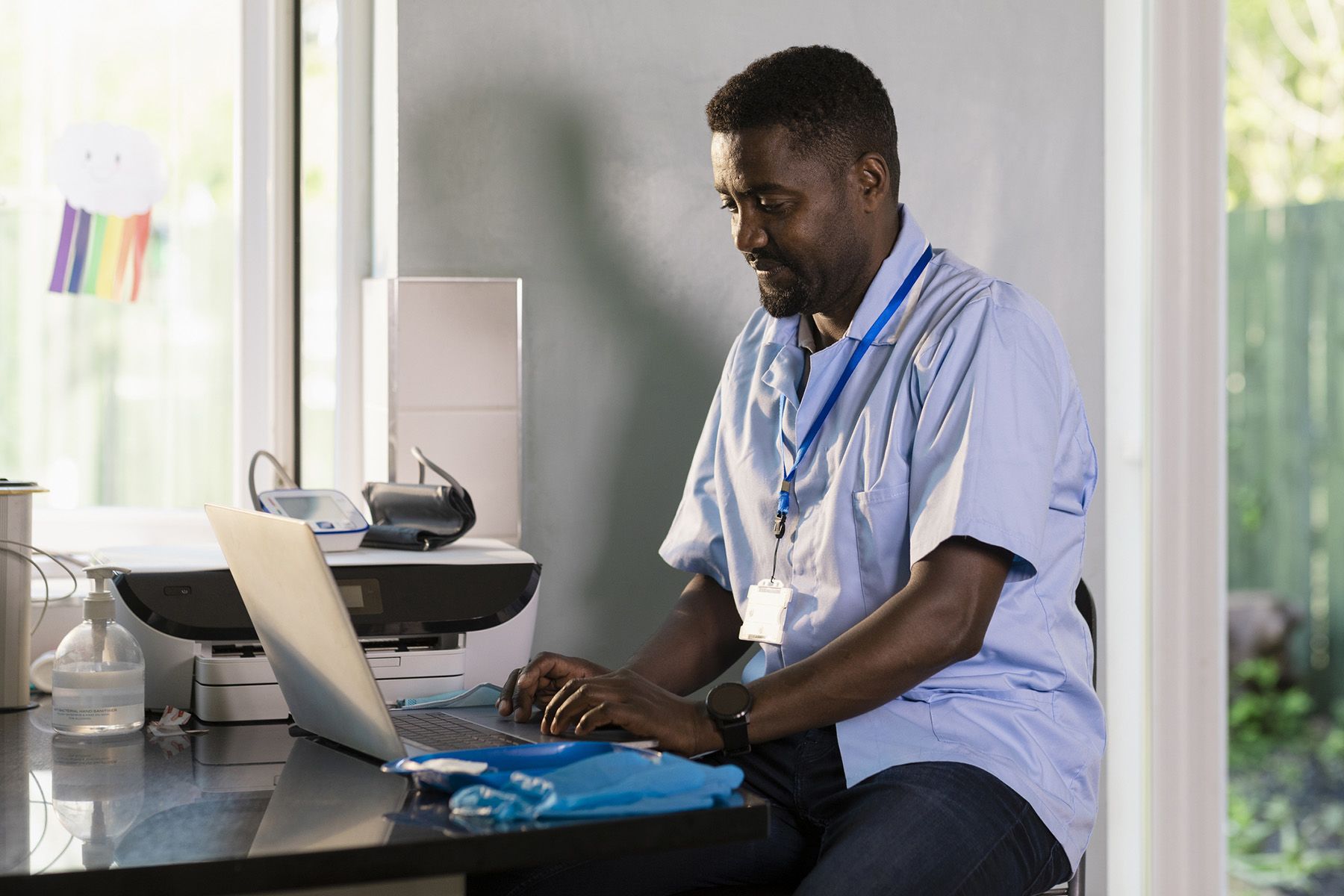How NICE makes
its decisions
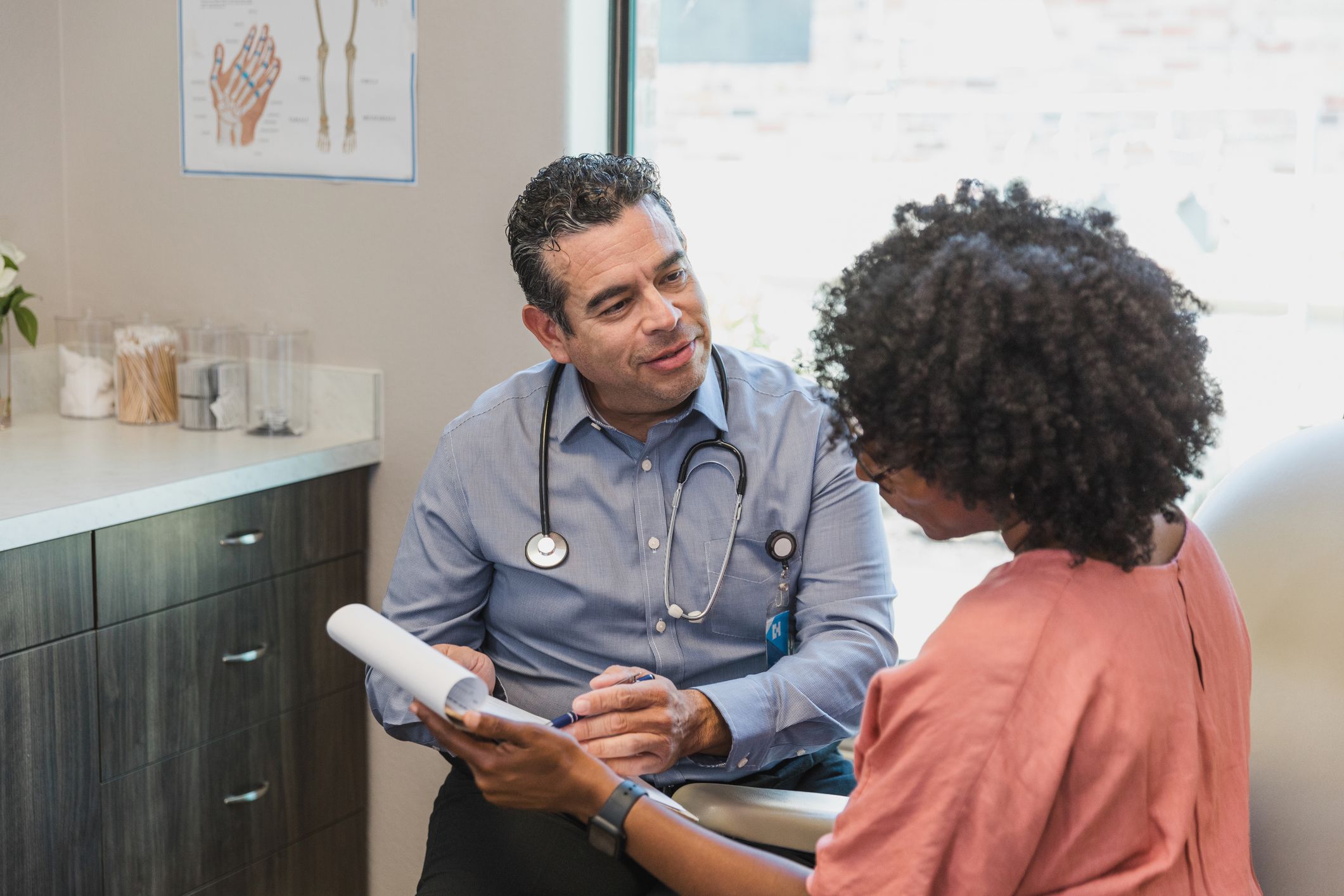
Since 1999, NICE acted as a trusted, independent guide in health and care.
Since 1999, NICE has provided trusted, independent guidance for the health and care system.
We make evidence-based recommendations on best practice, and rigorously assess new medicines and technologies for use in the NHS.
Under the NHS constitution, patients have the right to medicines and treatments that NICE recommends. And the NHS is legally obliged to fund treatments we recommend in our technology appraisal (TA) guidance.
So, it’s vital that we only recommend new medicines and treatments that are both clinically and cost effective. This helps make sure the NHS uses its resources fairly and effectively.
More than four-fifths (84%) of our TA recommendations are positive. Recent examples of treatments we’ve recommended include the world’s first gene editing therapy for a blood disorder, and a new clot-busting drug that will help reduce the effects of stroke as quickly as possible.
However, given the finite money and resources available to the NHS, we cannot recommend every new medicine or treatment on the market.
As a result, our role sometimes requires us to make difficult decisions - by not recommending a medicine for use in the NHS if it does not provide sufficient additional benefits to patients or represent a good use of taxpayers’ money. This happened recently when we were unable to recommend Enhertu for enhanced breast cancer.
So how does NICE make its decisions, and how do we guarantee they are made rigorously, independently, transparently, and fairly?
First steps:
scoping the guidance

We carry out a lot of preparatory work before we produce a piece of guidance.
First, we produce a scope. This defines why the guidance is needed, and the areas that it will and will not cover. Its goals are then checked by stakeholders who have an interest or expertise in the topic.
Our recommendations are developed by independent committees of experts. Each committee consists of health and social care practitioners, people who use services and their carers.
A considerable amount of work is done before the committee meets for the first time, which includes preparing documentation for discussion. This will include a submission of evidence by the manufacturer and other interested parties, on the potential clinical and cost-effectiveness of the medicine or technology being assessed.
An independent academic centre also prepares a report to support the NICE evaluation. They review and assess the company's evidence and prepare an external assessment report (the EAG report). NICE has 11 such independent academic centres to draw on for a review and critique of the evidence.
The EAG report, all written submissions and statements from stakeholders, patient, clinical and NHS commissioning experts, are brought together into a presentation for the committee to discuss at its meeting.
From draft to
final guidance
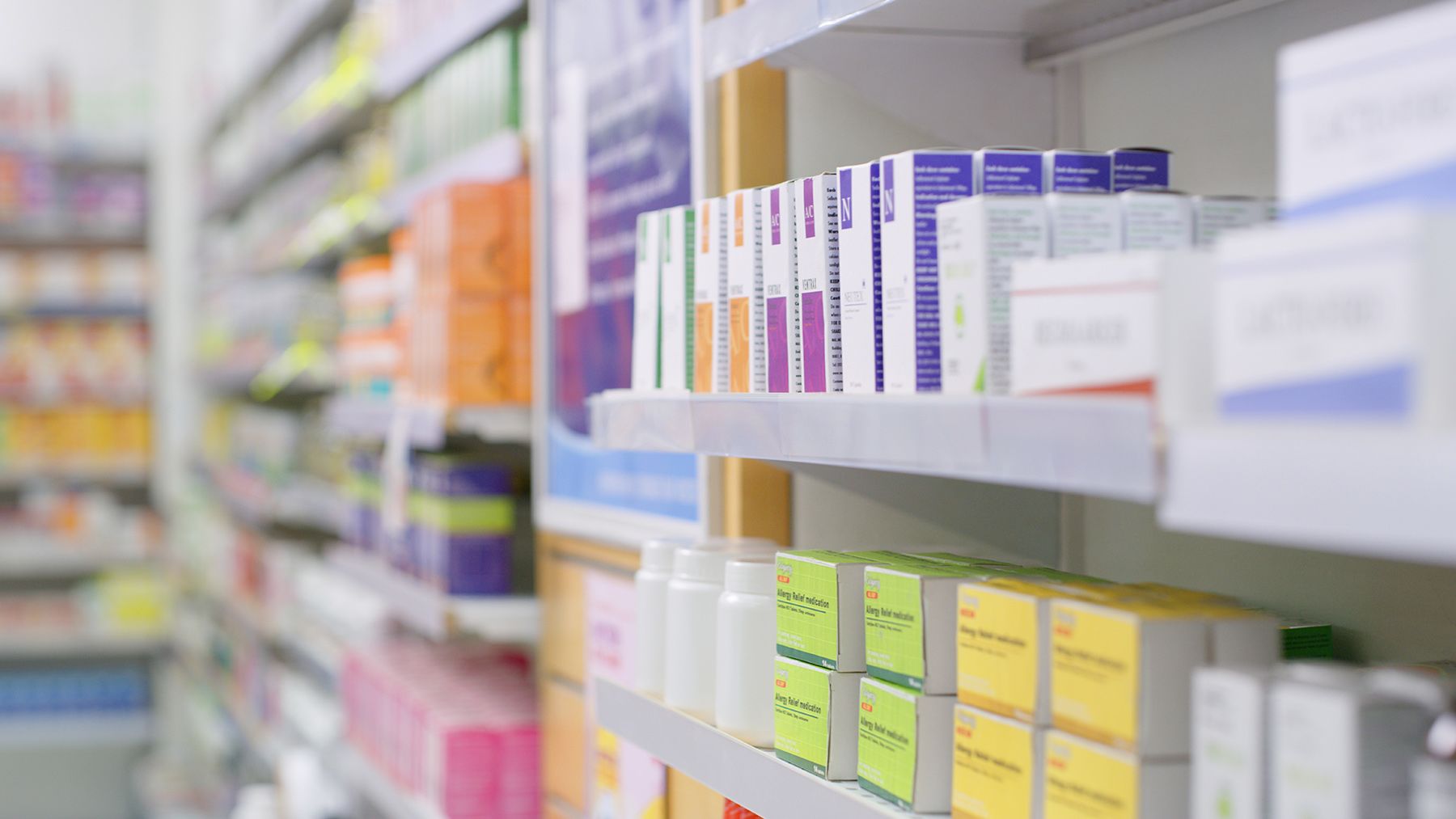
The committee reviews all the evidence, hears from experts including people with lived experience of the disease or condition, and then deliberates and makes its recommendations to NICE.
When the committee cannot make a positive recommendation at the first committee meeting, we then produce draft guidance containing the committee’s recommendations, which we issue for public consultation. The draft recommendations are made available on our website so healthcare professionals and members of the public can comment on them.
Following consultation on the draft guidance a second committee meeting is held. This usually occurs 2 months after the first committee meeting.
The committee considers the comments received on the draft guidance then makes its final recommendations on whether, and how, the technology should be used in the NHS in England. Consultees can appeal against the final recommendations in the final draft guidance.
Should NICE recommend all treatments that have clinical benefits?

Our role is to help practitioners and commissioners get the best care to people fast and ensure value for the taxpayer.
So, our committees take both the benefits and costs of new treatments into account. Each medicine is examined on its own merits to understand whether the benefits it provides offer good value to the taxpayer.
Whenever NICE recommends a medicine for use in the NHS, the money to pay for it must be found from existing budgets. As the NHS budget is finite, making a new treatment available will mean displacing another – a concept often referred to as ‘opportunity cost’.
This is why NICE can only recommend medicines that are a cost-effective use of NHS resources. Our committee’s decisions must represent an efficient use of those funds for NHS budgets, which are increasingly strained. The committees look for the health benefits that the medicine generates, as well as the costs and any potential savings it generates to the NHS.
Whether a medicine is recommended by NICE, is influenced by many factors. These include the evidence on how well it works compared to existing treatments already available in the NHS. But importantly, our committee’s decision also takes into account the price of the treatment, which is set by the company, and the costs of administering it.
How does NICE make sure its decisions are independent?

Members of our independent committees are appointed by NICE. This is so that the committees reflect the spread of expertise required to make difficult decisions. They must also represent our values of equality and diversity.
Our committees include health and care practitioners, people that use health and care services, and carers. Each committee has a maximum of 25 voting members including the chair.
We may also invite additional experts, who do not have voting rights, to advise the committee on a topic-by-topic basis. They provide support in considering and interpreting the evidence.
It is vital that committee members’ interests are openly declared so they can be appropriately managed. Declaring an interest does not mean there is a conflict of interest. We have policies in place to ensure that interests can be managed appropriately.
However, committee members who report direct interests can be excluded from technology evaluations for which they are conflicted. For example, if a committee member is employed by a life sciences company with a technology that could be a competitor, they would not be allowed to participate in that evaluation.
Our independent appraisal committee members make an annual declaration of interests in accordance with NICE’s Code of Practice on the Declaration of Interests. All members also make a declaration of any potential conflicts of interest for every appraisal.
Experts invited to provide expert testimony also make a declaration of interest in advance of committee meetings. These are recorded and published on the NICE website.
How does NICE consider the views of stakeholders?
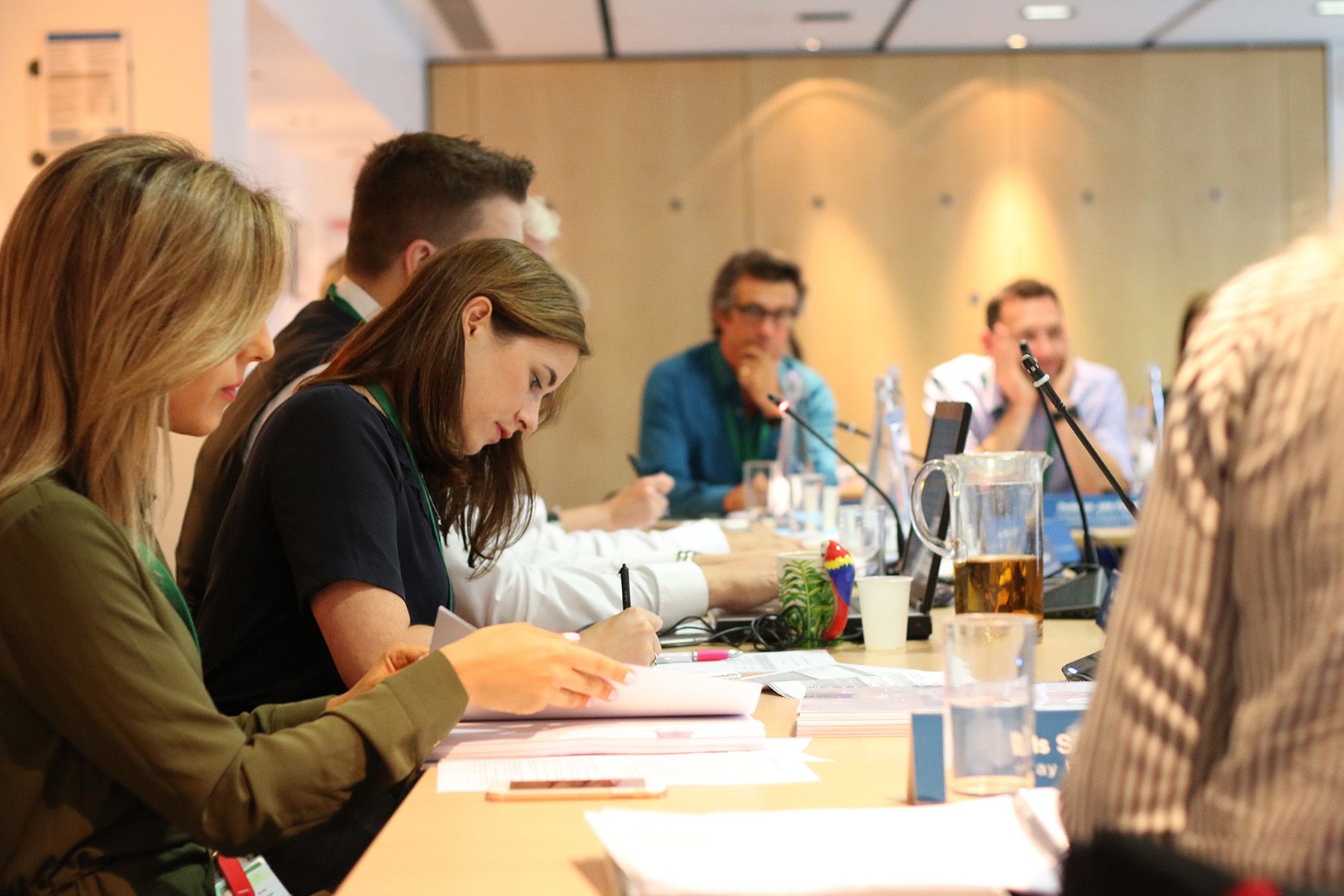
NICE identifies the widest possible range of relevant stakeholders who have an interest in the technology evaluation before we consult on the draft scope or hold a scoping workshop.
Organisations can register themselves as a stakeholder. They must provide a declaration of interest ahead of committee meetings, and committees are aware of these.
Stakeholders normally include the company, patient and carer organisations, organisations representing healthcare professionals, NHS commissioning groups and research organisations.
We listen to stakeholders and take on board comments made during consultation. The committee reviews this feedback and then independently makes final recommendations.

Adapting our methods to an evolving health and care system
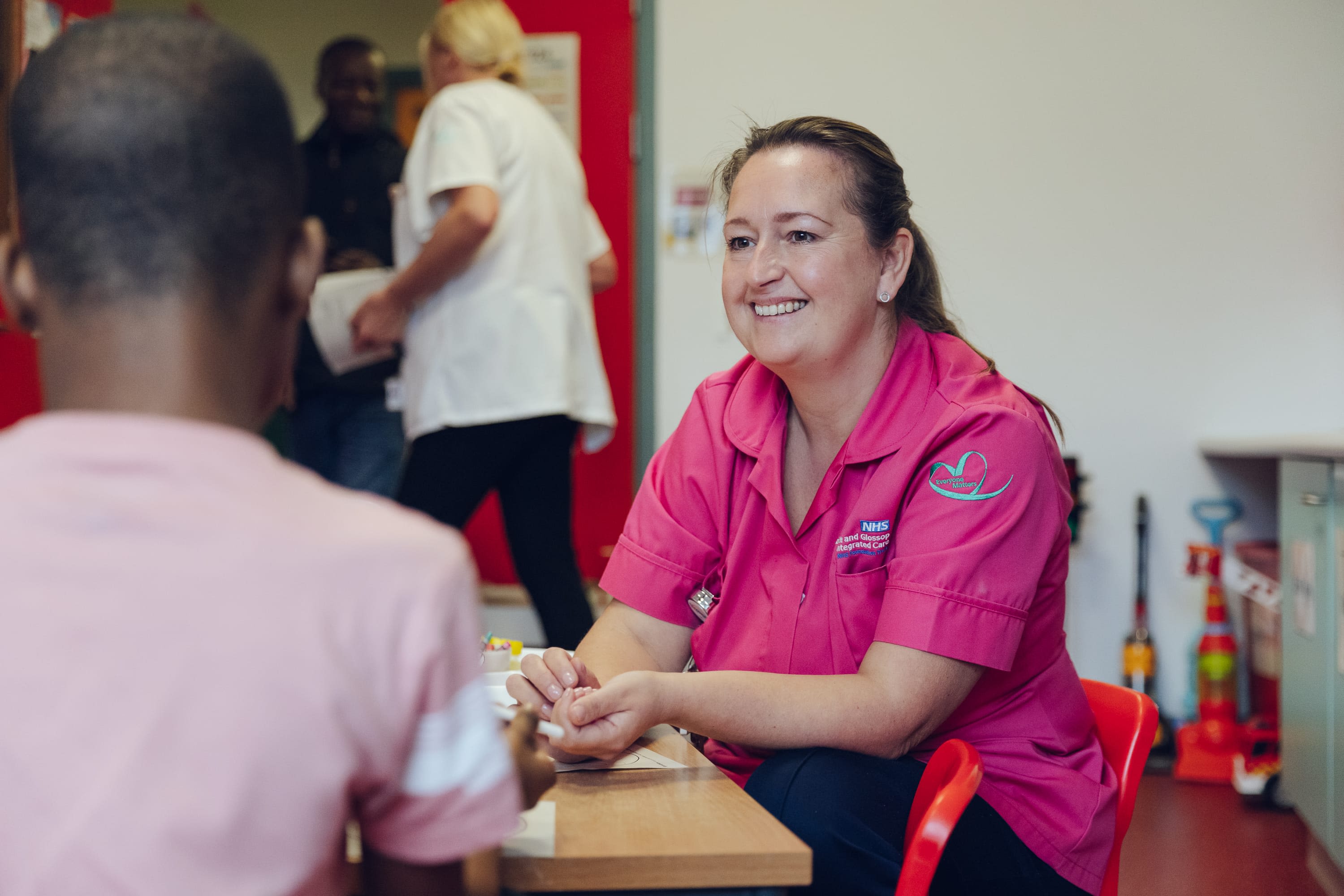
Innovative and potentially transformative medicines and technologies are rapidly growing.
We regularly review our methods to reflect new pipeline developments and to ensure that they meet the needs of patients, the public and our partners in the health and care system. We know that our methods must adapt to the pace of these developments so that that they meet the needs of patients, the public and our partners in the health and care system.
We’re currently doing this in several ways:
- We’ve developed new processes to streamline our work, which have increased the speed of our appraisals by up to 45%.
- Our new prioritisation and horizon scanning functions ensure we’re prioritising our guidance on the areas that have the greatest impact on health and care.
- We’re tackling complex problems in health technology assessment through our Health Technology Assessment Innovation Laboratory (HTA Lab).
- Through our new framework for modular updates, we’re allowing external stakeholders to make suggestions to our methods and processes. This ensures consistency in updating the manuals that set out how we develop our guidance, and helps us prioritise important updates. Innovative and potentially transformative medicines and treatments are arriving at an exponential rate.
25 years of helping to get the best care to people fast
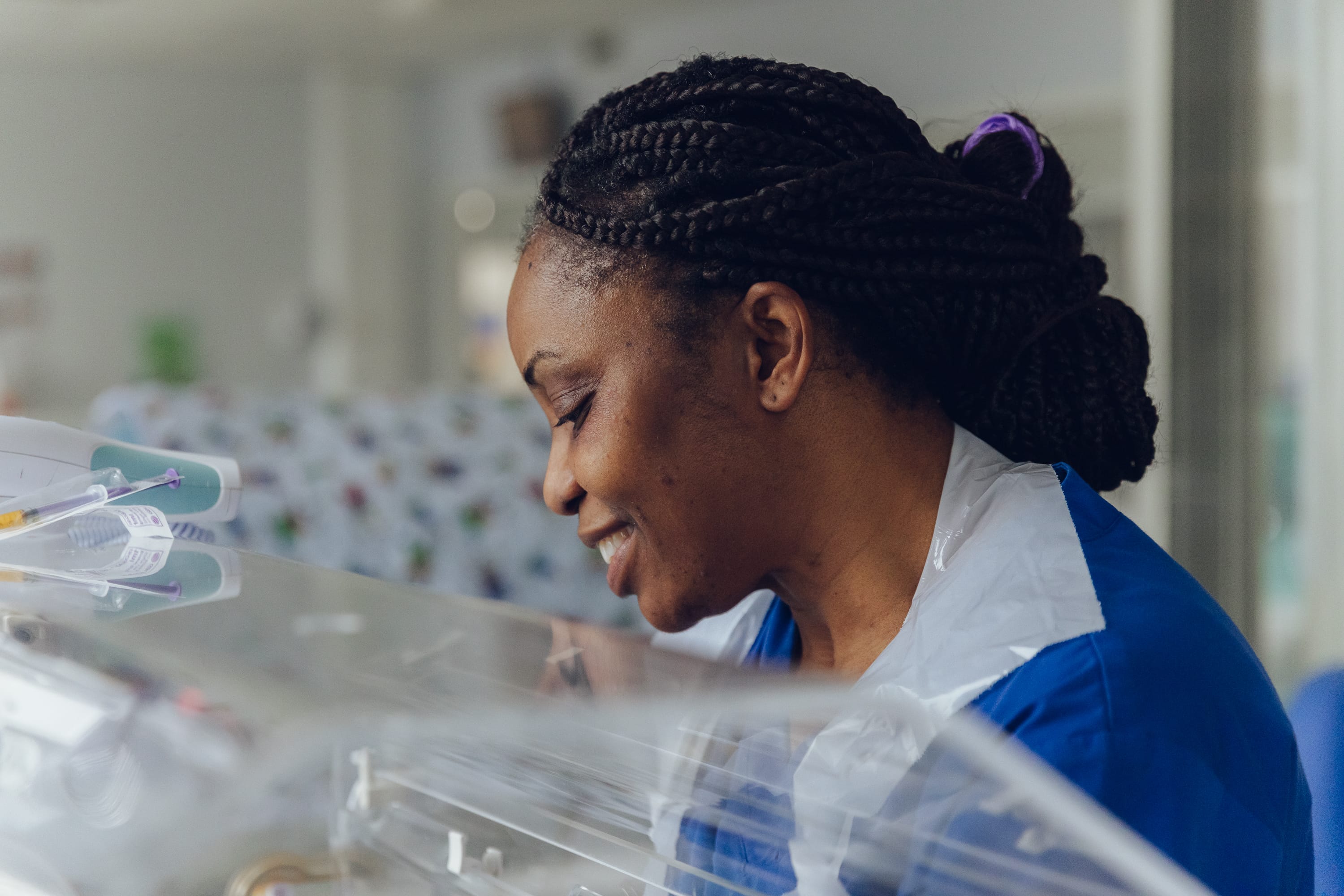
NICE has evolved significantly since its inception in 1999. We have adapted with the emergence of new and novel technologies - the overwhelming majority of which we have recommended for patients.
At its core we have retained our principles - of transparency, rigour, independence and stakeholder engagement - to facilitate a delicate balance between accessing the latest innovations and delivering value for the taxpayer.
With an increasing and exciting pipeline of treatments on the horizon, we will continue to adapt and respond as required to ensure timely, relevant and independent guidance which improves patient health.
